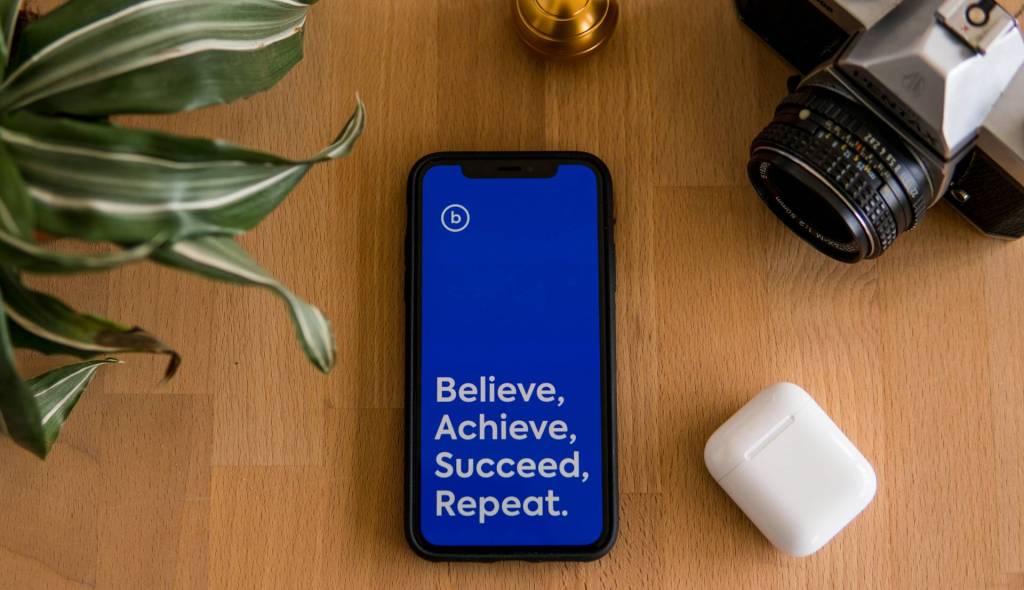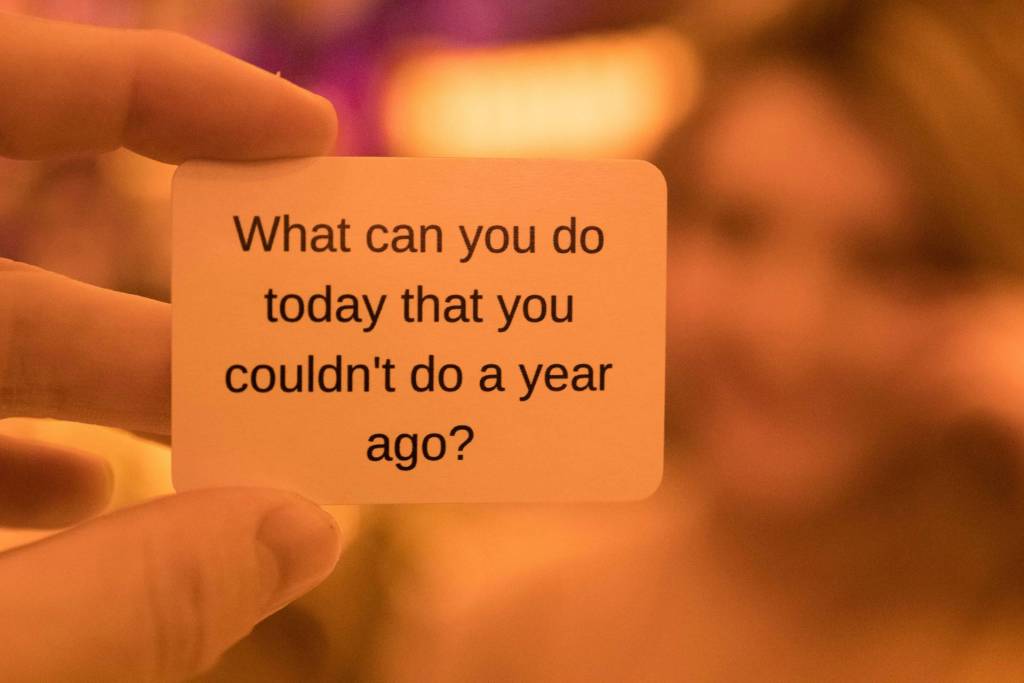 Last week I received a call from a business prospect asking me if I offered seminars and workshops on “dealing with difficult people.”
Last week I received a call from a business prospect asking me if I offered seminars and workshops on “dealing with difficult people.”
I told them I didn’t offer a specific program on that topic and concept, but if they told me more about what specifically was going on I’m certain I had a program that would help them achieve their desired outcomes.
As we explored the situation and discussed their desired outcomes I explained that the reason I don’t have a program titled or framed around “dealing with difficult people,” is because I don’t believe there are “difficult people.”
After mentioning my belief the phone conversation went cold. It seemed as if we were disconnected. I had to ask if the person was still on the line.
I could tell I had touched a nerve, so I explained a little further, telling them that as soon as we label the person in front of us “difficult,” it immediately shifts how we view them and the energy, the focus, the communication style and the words we will choose in that moment of interaction.
Therefore, in all my trainings I focus on the belief that there are no difficult people and that everyone is communicating with one purpose in mind and it’s the same purpose for which we are communicating.
The purpose of communication is to “influence and control the experiences, circumstances and results in our life.”
From that perspective, the wall that goes up causing us to believe the person in front of us is a “difficult” person, then we too must be a difficult person because in that interaction we both are trying to get the same outcome, to influence and control the result(s) from it.
Additionally, another key belief to bring to the interaction with another whom we may jump to label them as “difficult” is to realize that this person is communicating with positive intent. Now, that positive intent is for them to influence and control the results of the interaction, just as we are.
And, finally, to take this to an even deeper level, the specific thing that drives how we will specifically communicate to influence and control the results from the interaction, is directly based on that individual attempting to fulfill one of their six basic human needs, same as us.
The Six Basic Human Needs* everyone is trying to meet are:
- Certainty
- Uncertainty
- Significance
- Love & Connection
- Growth
- Contribution
The behaviors we choose to engage in to move towards achieving one or more of our basic needs may be what comes across as being “difficult” in the moment.
So, the best strategy when you come across someone you may have labeled as a “difficult” person in the past, is to just get curious and listen intently to the other person. As Stephen Covey wrote in his classic book “The 7 Habits of Highly Successful People” we should seek first to understand.
Get curious and seek to understand where they are coming from, what specific result(s) they’re looking for and which of their six basic needs they are trying to meet.
I encourage you to remember this strategy the next time you come across someone you may deem “difficult.” Give it a try.
*based on the work of Anthony Robbins












